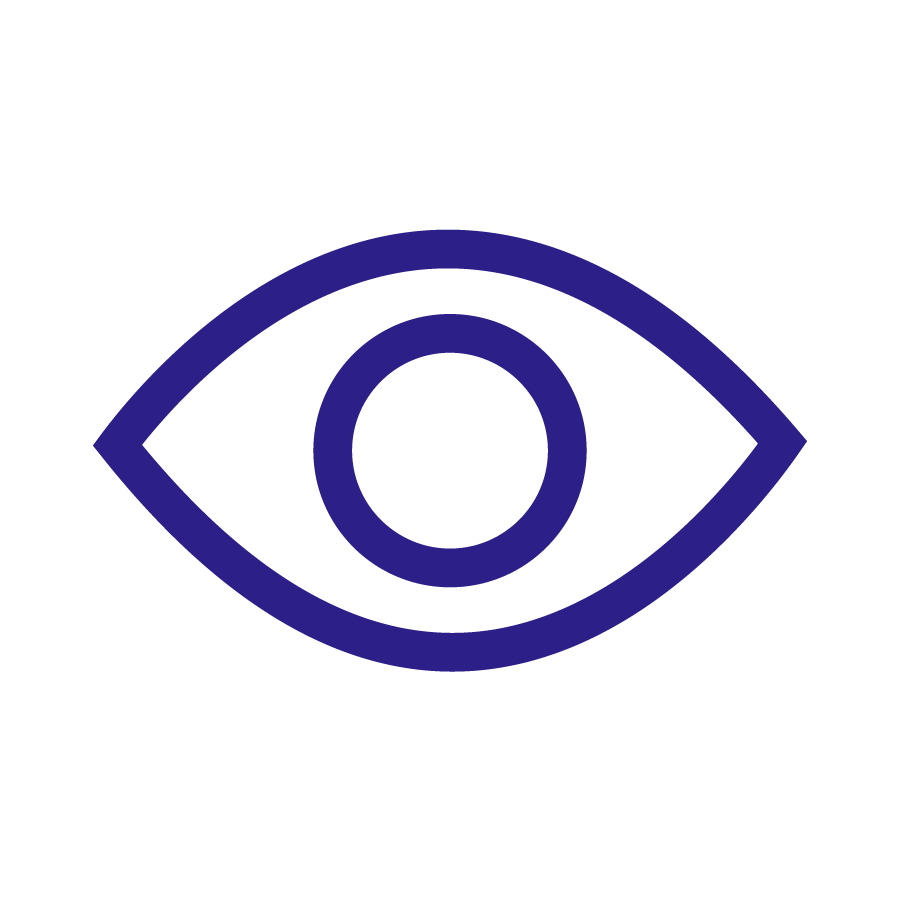CWA 18200:2025:en
Guidelines on characterization and testing of membranes for gas separation applications
Soveltamisala
Suomenkielistä soveltamisalaa ei ole saatavissa.
This document deals with membranes employed for the separation of gas streams. Membranes such as those employed in fuel cells are explicitly not in the scope of the document. Its aim is to derive a common understanding that will allow for a fair comparison between different gas separation membranes used for various separation tasks. It defines a detailed set of common procedures to determine the specific characteristics of the membranes under different operating conditions.
In particular, the following points are addressed:
- General aspects:
o Definition of materials used for membrane manufacture and membrane
o Classification of membrane:
? Material of the selective layer
? Material of the support
? Type as e.g. mixed matrix membrane
? Geometry
o Experimental accuracies/errors
o Assessment of aging
o Account for real gas behaviour
- Equipment design:
o Temperature, pressure and flowrate measurement devices and procedures
o Dimensioning of pipework with respect to pressure drops
- Single gas permeation performance:
o How to assess the permeation of vapours
o Temperature and pressure ranges
o Used methods for permeation measurements
o Compare membranes made of different materials: definition of parameters for comparison, e.g. selectivity and permeance
- Gas mixtures:
o Definition of representative applications for membrane gas separations. This includes the definition of gas mixtures
o Definition of operating conditions: temperatures, pressures, compositions, use of sweep gas
o Consideration on the intrinsic membrane performance assessment, avoiding influence of:
? Concentration polarisation
? Change of composition along the membrane surface
o Composition analysis recommendations regarding applicable instruments and methods
- Reporting the results:
o Recommended extent of data to be reported, including that on experimental procedure.
The resulting CWA will be applicable to manufactures of gas separation membranes in academia and industry. The results will form a valuable basis for design for chemical manufacturing companies as well as E&C companies. It will allow these companies to consider membrane gas separation in the early design phases and hence allow to develop more environmentally friendly, energy efficient and low carbon footprint processes.
Tämän julkaisun valmistelusta Suomessa vastaa SFS Suomen Standardit, puh. 09 149 9331.
This document deals with membranes employed for the separation of gas streams. Membranes such as those employed in fuel cells are explicitly not in the scope of the document. Its aim is to derive a common understanding that will allow for a fair comparison between different gas separation membranes used for various separation tasks. It defines a detailed set of common procedures to determine the specific characteristics of the membranes under different operating conditions.
In particular, the following points are addressed:
- General aspects:
o Definition of materials used for membrane manufacture and membrane
o Classification of membrane:
? Material of the selective layer
? Material of the support
? Type as e.g. mixed matrix membrane
? Geometry
o Experimental accuracies/errors
o Assessment of aging
o Account for real gas behaviour
- Equipment design:
o Temperature, pressure and flowrate measurement devices and procedures
o Dimensioning of pipework with respect to pressure drops
- Single gas permeation performance:
o How to assess the permeation of vapours
o Temperature and pressure ranges
o Used methods for permeation measurements
o Compare membranes made of different materials: definition of parameters for comparison, e.g. selectivity and permeance
- Gas mixtures:
o Definition of representative applications for membrane gas separations. This includes the definition of gas mixtures
o Definition of operating conditions: temperatures, pressures, compositions, use of sweep gas
o Consideration on the intrinsic membrane performance assessment, avoiding influence of:
? Concentration polarisation
? Change of composition along the membrane surface
o Composition analysis recommendations regarding applicable instruments and methods
- Reporting the results:
o Recommended extent of data to be reported, including that on experimental procedure.
The resulting CWA will be applicable to manufactures of gas separation membranes in academia and industry. The results will form a valuable basis for design for chemical manufacturing companies as well as E&C companies. It will allow these companies to consider membrane gas separation in the early design phases and hence allow to develop more environmentally friendly, energy efficient and low carbon footprint processes.
Tämän julkaisun valmistelusta Suomessa vastaa SFS Suomen Standardit, puh. 09 149 9331.
Tuoteryhmä(t)
Sidokset
Velvoittavat viittaukset
Tässä julkaisussa ei ole velvoittavia viittauksia
Tekninen komitea
Vahvistuspäivä
11.04.2025
Julkaisupäivä
15.04.2025
Painos
1
Sivumäärä
22
Julkaisun kieli
englanti


